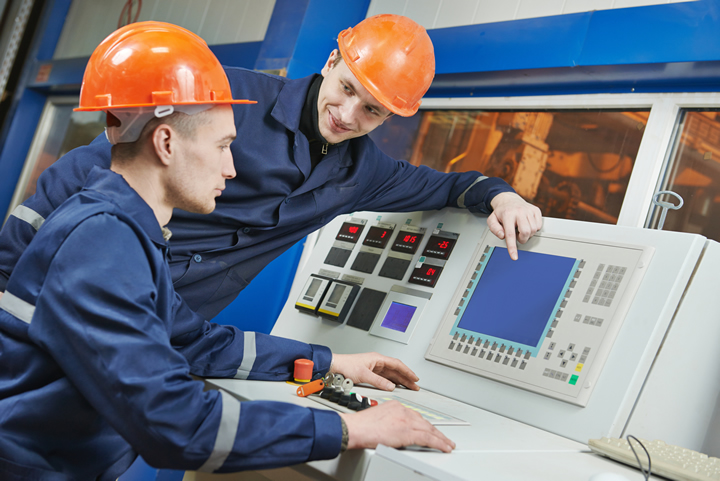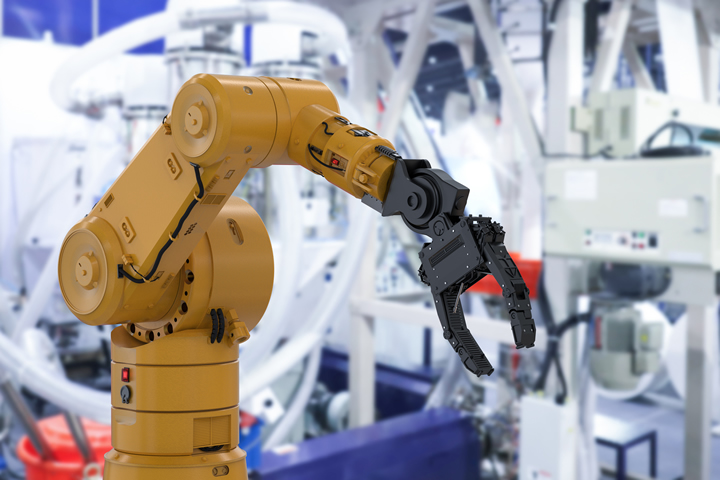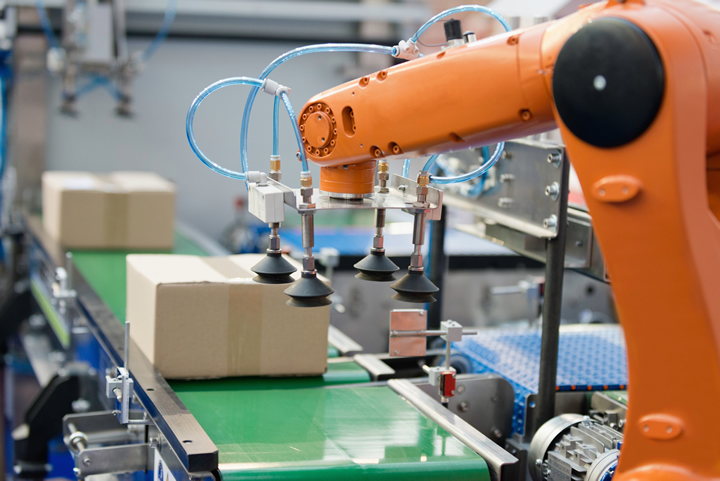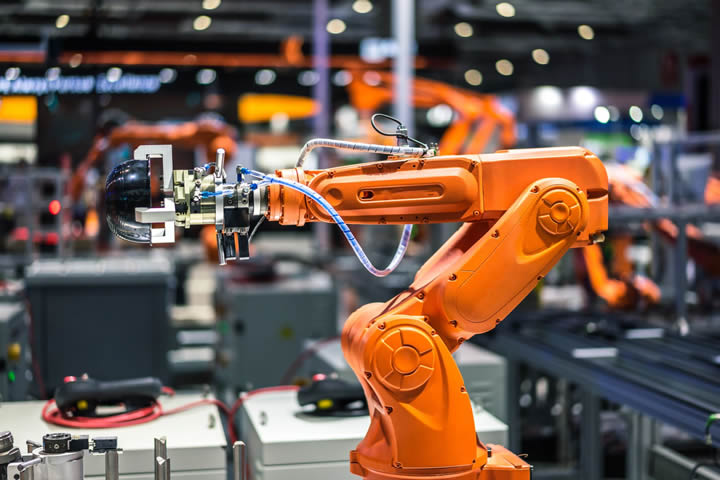Create Tomorrow's Manufacturing Talent Today With These 8 Simple Strategies
Manufacturers must maintain growth and productivity, but its current workforce isn't growing at the same rate as these demands. Attracting younger talent is crucial amid this trend.
Strategies to Tackle Knowledge Drain in American Manufacturing
As labor shortages continue to pose significant challenges for American manufacturing, the resilience and ingenuity displayed by Midwestern manufacturers serve as a beacon of hope.
Automation Depends on People
With each new innovation in society, we see corresponding headlines and public concern about how that innovation will be responsible for job loss. This has been true of the printing press, the automobile, and the computer.
The Manufacturing Skills Gap: How to Prepare for the Future of Work
In this article, Bjoern explores how performance marketing can help the manufacturing industry address the skills gap and prepare for the future of work. It emphasizes attracting skilled professionals through culture and project showcases.
The Future of Injection Molding Relies on Automation
While demand for injection molding products grows, manufacturers are grappling with persistent challenges, particularly staffing and output.
Four Ways to Address the Industry's Technician Shortage
Equipment manufacturers can (and should) embrace and adopt a number of short-term and long-term strategies to set themselves up for sustained success as it relates to workforce development.
Solving Labor Challenges with Paperless Manufacturing
Paperless manufacturing, although it's implemented with digital systems like a Manufacturing Execution System (MES), shouldn't be thought of as just a technology. It is a new paradigm for how people use knowledge and information.
Robotics In Manufacturing: Threat or Opportunity?
The use of robotics in manufacturing has grown consistently over the past decade. A recent report from the Association for Advancing Automation revealed that North America saw a record in robot sales in 2022, with the number of robots ordered up 11% from the previous year.
The Redesign of Manufacturing is Inevitable: What Does it Mean for Humans?
It's clear that the way humans have traditionally been used in manufacturing is neither good for the industry nor for these individuals. This truth has been overlooked with apprehension about what change will mean for millions of workers in the industry.
5 Ways To Solve The Machinist Shortage
Machinist shortage is a tricky problem that shop owners constantly face. Here are some ways to solve it and help you attract and retain them.
How We Can Inspire Our New Generation Into Engineering
It's no secret that the engineering sector is experiencing a shortage of workers. In fact, research shows that the industry will need to train and employ around 200,000 people by 2024 to fill the gap.
How to Upskill Frontline Employees as Industry 4.0 Gains Traction
Digitization, automation, and artificial intelligence in manufacturing have paved the way for new production methods. If employees are going to take on new responsibilities and operate connected devices, they need to be upskilled and trained accordingly.
NEW STUDY: MAJORITY OF WORKERS WOULD LEAVE FRONTLINE WORK IF GIVEN THE OPPORTUNITY
New report from SafetyCulture highlights mounting pressure on frontline workers and the key
opportunities for businesses to start improving the way they operate.
Could automation be the answer to the Great Resignation?
Wage stagnation in the midst of a cost-of-living crisis, job dissatisfaction and safety concerns due to COVID-19 are all contributing factors as to why staff resignation levels are persistently on the rise across the globe.
5 Manufacturing Sectors Affected by the Great Resignation
While the Great Resignation has touched virtually every industry, it's hit manufacturing harder than most. Even within manufacturing, some subsectors have seen more daunting challenges than others.
Records 1 to 15 of 86
Featured Product

EXAIR ATEX Cabinet Coolers
ATEX Cabinet Coolers meet the stringent ATEX requirements for use with classified enclosure purge and pressurization systems in Zone 2 and 22 explosive environments in 1,000 thru 5,600 Btu/hr sizes. These CE compliant coolers maintain the NEMA 4/4X integrity of your enclosure and are available in continuous operation and thermostat control models. https://exair.co/184_545


.jpg)



.jpg)




.jpg)



.jpg)